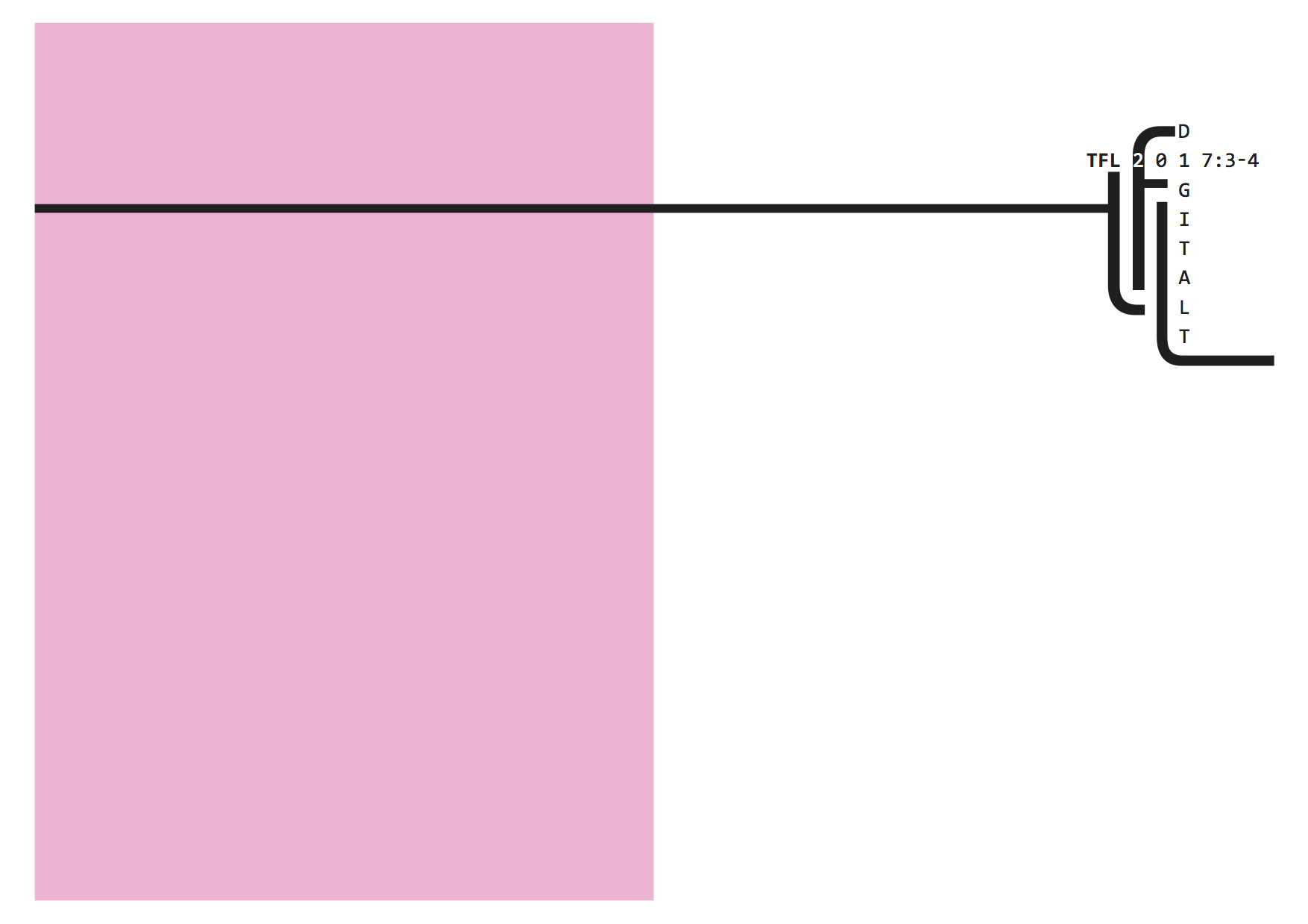Killer Plotting
Typologisk intrig analys utifrån fjärrläsningar av 113 samtida svenska kriminalromaner
DOI:
https://doi.org/10.54797/tfl.v47i3-4.7852Nyckelord:
Swedish crime fiction, distant reading, text mining, narrative structures, digital humanitiesAbstract
Killer Plotting. Typological plot analysis based on distant readings of 113 contemporary swedish crime novels
This article updates and extends Tzvetan Todorov’s classical typology of crime fiction from 1971 – where he separates plots driven by curiosity from plots driven by suspense – through a distant reading of 113 commercially successful novels of Swedish crime fiction from the early 2000s. Furthermore, it aims to initiate a methodical discussion in literary studies concerning the benefits of using semi-big materials (instead of either very big or very small ones), and in combining computer-aided and traditional methods.
The method used – killer plotting – is a word frequency count of all the times the murderer in each novel is mentioned in the plot related to the point in the plotline where the killer is revealed to the reader (and the protagonists). These rather simple measures manage to capture the basic structures of crime novels: clues, encounters with the hidden murderer, revealing, dramatic finale.
The results show that a vast majority of the novels in the selection can be classified into one of six different plot types of crime fiction depending on how the killer appears: 1) the all-novel present murderer; 2) the seemingly insignificant murderer; 3) the suspected murderer; 4) the out-of-the-blue murderer; 5) the second murderer twist; and 6) the non-hidden murderer. All six types lie in the range between the two poles presented by Todorov, which demonstrates that contemporary Swedish crime fiction is dominated by recurring narrative structures that in various ways combine suspense and curiosity.
Nedladdningar
Downloads
Publicerad
Referera så här
Nummer
Sektion
Licens
Författaren/författarna behåller copyright till verket






